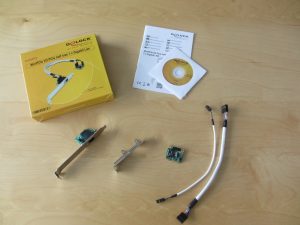But you would always need the vSphere Client on Windows at least once after installation of ESXi to for example import the vCenter Virtual Appliance (explained here) Or to create a virtual machine. It is also possible to import the appliance from the command line with VMware's OVF Tool, which is available for Linux and Windows. Server with vSphere ESXi installed; ESXi License with vSphere API enabled (the free one doesn’t work); Avaya SDM client on Windows; Local DNS Services; ESXi. The VMware Installer will generate a self signed certificate for the hostname of the ESXi host, this hostname needs to be resolvable later by the SDM client.
In most network deployments, generated MAC addresses are a good approach. However, you might need to set a static MAC address for a virtual machine adapter with unique value.
The following cases show when you might set a static MAC address:
Vmware Vsphere Client For Mac Os X
- Virtual machine adapters on different physical hosts share the same subnet and are assigned the same MAC address, causing a conflict.
- Ensure that a virtual machine adapter always has the same MAC address.
By default, VMware uses the Organizationally Unique Identifier (OUI) 00:50:56 for manually generated addresses, but all unique manually generated addresses are supported.
Vmware Vsphere Download Client

Vmware Vsphere Client For Mac Free Download

Vmware Vsphere Client Linux
11:11:11:11:11:11, 22:22:22:22:22:22 as static MAC addresses. The physical servers do not belong to the vCenter Server inventory, and vCenter Server is not able to check for address collision. 
